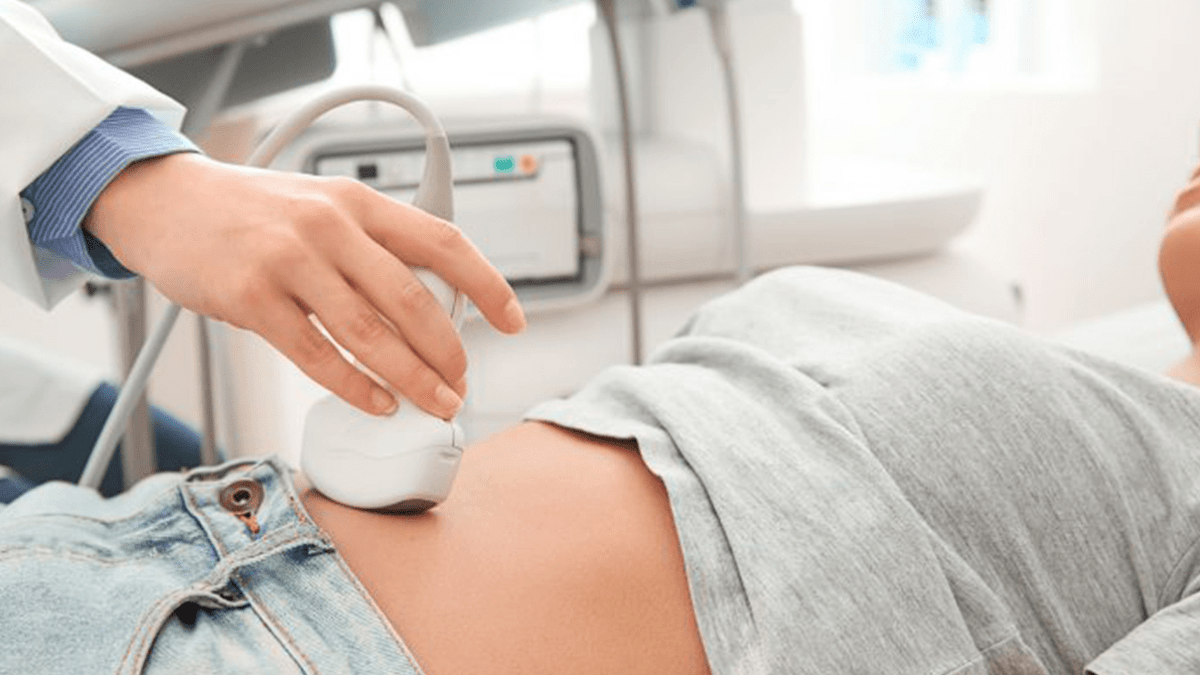Artificial Insemination: Process, Success Rates, Costs, and What to Expect
Introduction to Artificial Insemination
:max_bytes(150000):strip_icc()/egg_and_sperm_drawing-cb618e1083e344d5b092774ab080043b.jpg)
Infertility can feel overwhelming, but modern medicine offers several solutions. One of the most common fertility treatments is artificial insemination, a simple medical procedure designed to help individuals and couples conceive. Unlike in vitro fertilization (IVF), artificial insemination is less invasive, more affordable, and often used as the first step in assisted reproductive technology.
This guide will walk you through what artificial insemination is, the different types, the step-by-step process, success rates, risks, and costs so you can make informed decisions.
What is Artificial Insemination?

Artificial insemination is a fertility treatment where sperm is introduced directly into the reproductive tract to increase the chances of pregnancy. Instead of relying on natural intercourse, doctors place sperm closer to the egg to improve fertilization.
This treatment has been used for decades and is often recommended before more complex methods like IVF. Unlike IVF, which involves egg retrieval and fertilization in a lab, artificial insemination keeps the fertilization process inside the body.
Types of Artificial Insemination
There are several methods, each suited to different fertility needs:
1. Intracervical Insemination (ICI)
-
Sperm is placed directly into the cervix using a syringe or catheter.
-
This method is often used for at-home insemination kits or when sperm quality is not a major concern.
2. Intrauterine Insemination (IUI)
-
The most common clinical method.
-
Sperm is washed, concentrated, and inserted directly into the uterus.
-
This reduces barriers and increases the chances of sperm reaching the egg.
3. At-Home Insemination
-
Some choose DIY insemination using donor sperm and a syringe.
-
While convenient and private, the success rates are typically lower compared to clinical methods.
Who is Artificial Insemination For?
Artificial insemination is recommended for:
-
Couples with infertility issues such as low sperm count, poor sperm motility, or unexplained infertility.
-
Single women and same-sex couples who want to conceive with donor sperm.
-
Individuals with medical conditions such as endometriosis, cervical issues, or ejaculation problems.
For many, it serves as the first step before considering IVF. Explore fertility-supportive products that pair with fertility treatments or ovulation tracking.
Step-by-Step Process of Artificial Insemination

Step 1: Ovulation Tracking
Doctors monitor ovulation through ultrasounds and hormone tests. The goal is to inseminate at the most fertile window, usually within 24 hours of ovulation.
Step 2: Preparing the Sperm
-
Sperm washing removes impurities and concentrates motile sperm.
-
This step is critical for IUI to ensure only the healthiest sperm are used.
Step 3: The Insemination Procedure
-
A catheter is used to place the sperm into the cervix (ICI) or uterus (IUI).
-
The procedure takes only a few minutes and is usually painless, though some may feel mild cramping.
Step 4: Aftercare
Patients are often advised to rest for a short period after insemination. Light spotting or cramping is normal. A pregnancy test is usually taken after two weeks.
Success Rates of Artificial Insemination
Success depends on multiple factors:
-
Age of the woman: Women under 35 have higher success rates (10–20% per cycle).
-
Sperm quality: Healthy, motile sperm significantly increase chances.
-
Underlying fertility issues: Conditions like blocked fallopian tubes or severe endometriosis may lower success.
On average, artificial insemination is most successful in younger women with no major fertility complications.
Risks and Side Effects
Artificial insemination is generally safe, but some risks include:
-
Mild cramping or spotting after the procedure.
-
Multiple pregnancies if fertility medications are used.
-
Infections or allergic reactions (rare).
Emotional stress can also occur, especially if multiple cycles are required before achieving pregnancy.
Cost of Artificial Insemination
The cost of artificial insemination varies widely:
-
Intrauterine insemination (IUI): $300–$1,000 per cycle (not including medications).
-
At-home insemination kits: $50–$400 depending on the provider.
-
Donor sperm: $500–$1,000 per vial.
Some insurance plans may cover fertility treatments, but coverage differs by region.
Artificial Insemination vs IVF: Which is Right for You?
| Aspect | Artificial Insemination | IVF |
|---|---|---|
| Cost | Lower ($300–$1,000/cycle) | Higher ($10,000–$15,000/cycle) |
| Procedure | Simple, in-clinic or at home | Complex, lab-based fertilization |
| Success Rate | 10–20% per cycle | 40–50% per cycle (under 35) |
| Best For | Mild infertility, donor sperm | Severe infertility, blocked tubes, failed IUI |
Most fertility doctors recommend starting with artificial insemination before moving to IVF.
Tips for Increasing Chances of Success
Boost your chances with these steps:
-
Maintain a healthy weight and balanced diet.
-
Avoid smoking and alcohol, which affect fertility.
-
Take prenatal vitamins with folic acid.
-
Reduce stress through yoga, meditation, or counseling.
-
Follow your doctor’s ovulation tracking closely.
FAQs about Artificial Insemination
Can artificial insemination be done at home?
Yes, but success rates are lower compared to clinical methods like IUI.
How painful is artificial insemination?
Most describe it as painless, though mild cramping or discomfort may occur.
How long until you know if it worked?
A pregnancy test is recommended about two weeks after the procedure.
Is artificial insemination safe?
Yes, it is generally considered safe with minimal side effects.
Conclusion and Next Steps
Artificial insemination is a safe, effective, and affordable fertility treatment that helps thousands of individuals and couples conceive each year. While success rates vary, it is often the first step before more advanced treatments like IVF.
If you’re considering artificial insemination, consult a fertility specialist to discuss your options, understand your chances of success, and explore whether this treatment is right for you.
 Buy Now
Buy Now



